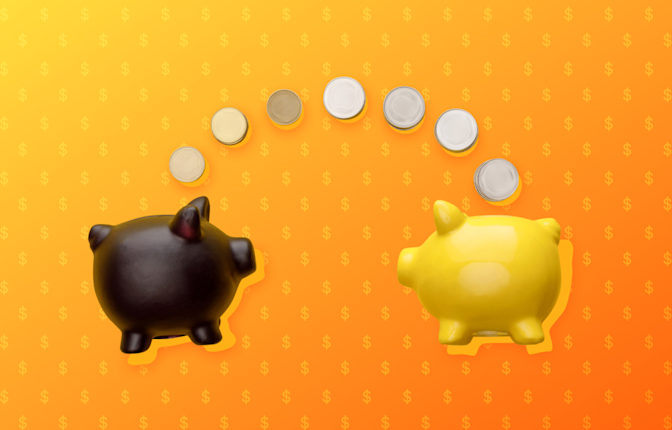Back

Offset Account Guide
2 min read | 21 Mar 2022


Home loan repayments are made up of two, interconnected parts:
The principal (ie. the amount that covers the purchase of the property), and the interest on that principal.
While it’s true you have to repay 100% of the principal, it’s also true you don’t have to repay 100% of the interest – if you play your cards right. The key to paying less in interest is “offsetting”. And if you’re interested in saving a whole lotta money and saying goodbye to your mortgage ahead of schedule, then offsetting is definitely something you’ll want to get familiar with.
What is a mortgage offset?
Interest is charged according to your loan balance. The lower your balance, the less you’re charged. Offsetting a mortgage is a way to seemingly reduce your loan balance. There are a couple of ways you can do it. They both involve seemingly returning more than the minimum amount required, either regularly, in one-off top-ups, or both. You can:
Deposit money into an Offset Account that’s linked to your loan; and/or
Make use of a Redraw facility within your loan.
Both options lower the amount you’re charged in interest, and help you pay down your home loan faster. But that isn’t their only advantage. They both also give you fast and easy access to the extra funds you’ve stashed in them so that your money’s not locked away if you need it. There are some other important differences too, so you might prefer one more than the other.
How do they each work?
Let’s get practical. Here’s an example to explain the Offset Account option:
You get a $500,000 home loan.
You unexpectedly get $50,000 from an inheritance, which you then deposit into an offset account linked to your loan.
Because the accounts are linked, the interest charge will be based on a reduced balance of $450,000 instead of the full $500,000 outstanding balance.
The amount of interest you’re charged in the future will continue to be based on the outstanding balance of the loan minus the positive amount held in your offset account.
And here’s an example to explain the Redraw option:
You get a $500,000 home loan.
You unexpectedly get $50,000 from an inheritance, which you then deposit into your Redraw as an extra one-off repayment.
The $50,000 reduces the outstanding balance of the loan to $450,000.
The interest you’re charged will be based on $450,000.
The amount of interest you’re charged in the future will always be based on the balance of the loan.
Offset account vs Redraw
Both can help you get to the finish line with your loan faster. An offset account can do it by reducing the balance used to calculate your interest repayment, while a redraw facility allows you to pay more than the minimum repayments. Both allow you easy access to the extra money you’ve deposited in them. Offset accounts typically also have additional features like tax benefits and more everyday payment options, but for that some lenders charge fees and are only available with higher-interest loans. Except at Athena. Unlike the banks, our offset and redraw options are both fee-free, easy to use and available with our same low variable rates. Click on the links to find out more about our offset account and to see a side-by-side comparison between our redraw vs offset options.
You’ve got nothing to lose except your home loan!
Start saving a whole lotta time and money